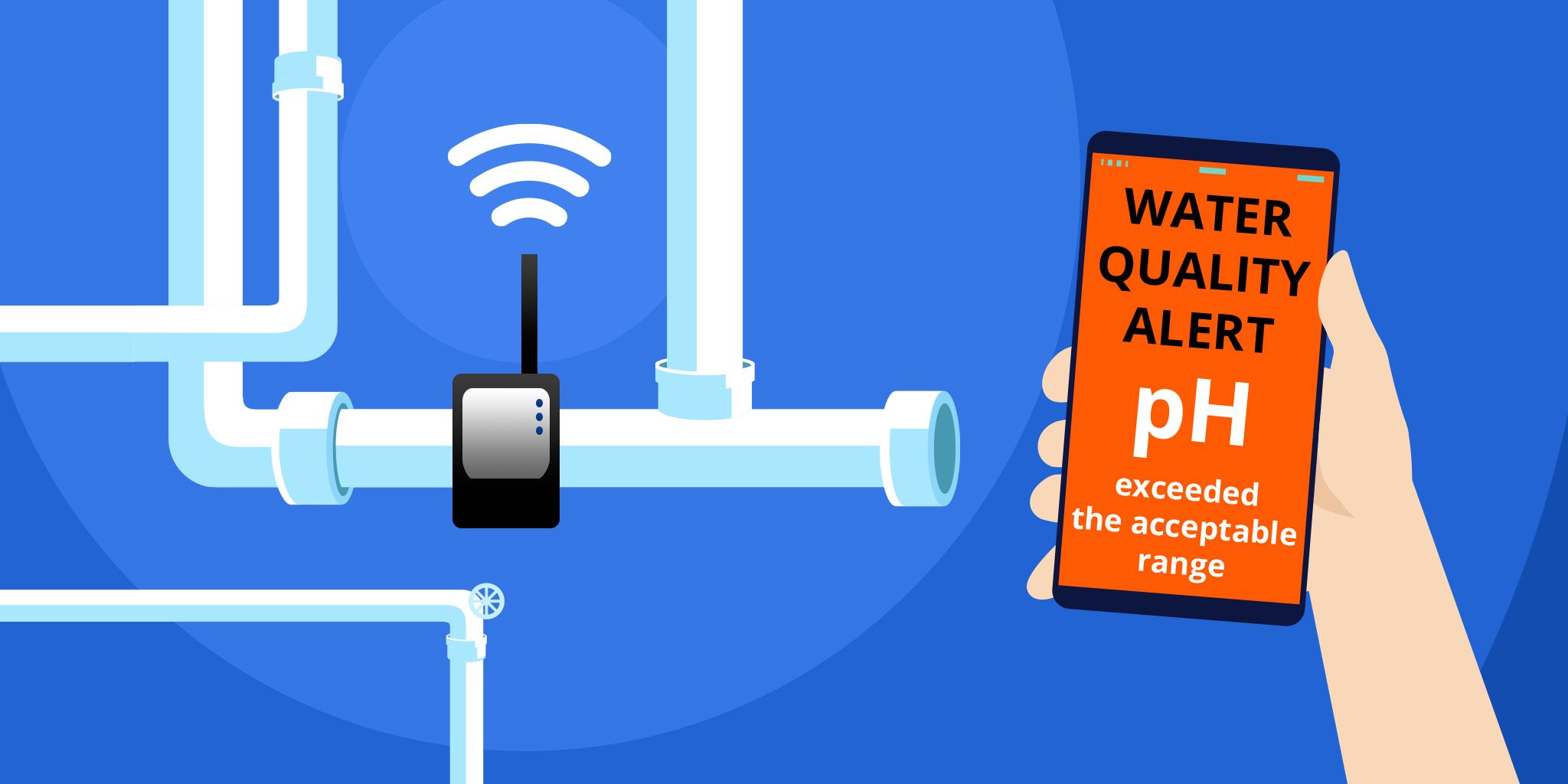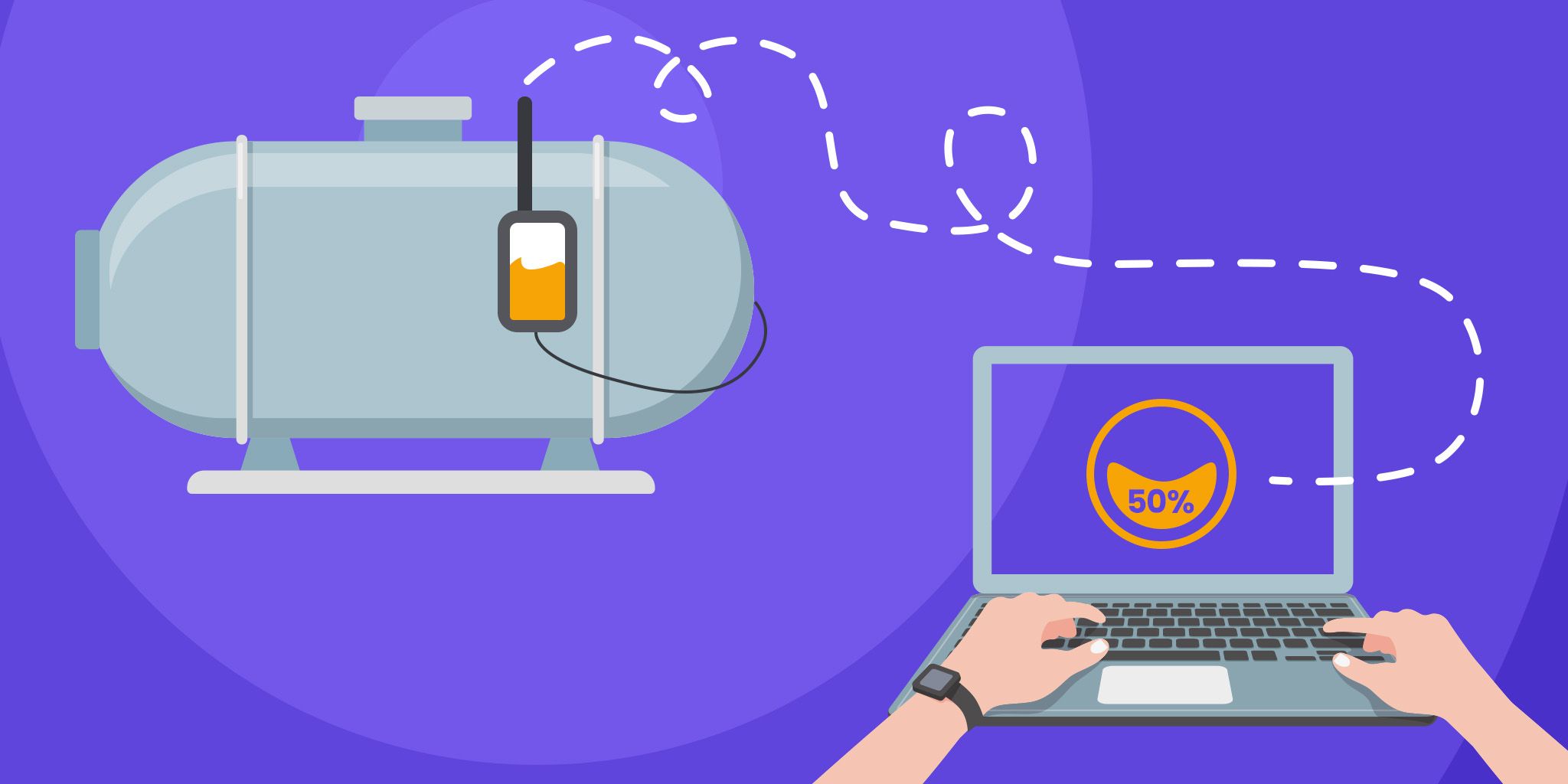The Role of Piezoelectric Technology in IoT
The Role of Piezoelectric Technology in IoT
- Last Updated: December 2, 2024
Kayla Matthews
- Last Updated: December 2, 2024



As an Internet of Things (IoT) enthusiast, you probably realize the devices you own have numerous components that work together. However, you might not know the specifics behind how they all work.
Piezoelectric technology is unknown to many people, but it plays a significant part in IoT—a role that's likely to increase.
What Is the Piezoelectric Effect?
Piezoelectricity refers to an electric charge being generated in response to mechanical stress placed upon certain objects, resulting in the "piezoelectric effect." Crystals are among the materials used most often in piezoelectric technology.
(Note: The word "Piezoelectric" comes from the Greek piezein, meaning to squeeze or press, and piezo, Greek for “push.")
Piezoelectricity Can Reduce IoT Power Requirements
Berlin's Fraunhofer Institute for Reliability and Microintegration works on various strategies to improve IoT power consumption. They've realized that current methods lack long-term feasibility.
One of the possibilities researchers examine at that facility is energy harvesting. It's one of the most common topics to come up when people discuss piezoelectricity. They think about the possibilities of using piezoelectricity to keep devices charged while a user walks or moves with them.
At the Fraunhofer Institute, representatives assess how onboard energy harvesting components could accompany batteries and extend the power capabilities of IoT products or even replace conventional batteries.
Along with piezoelectrics, people at the Berlin facility are also looking at how options like solar power and thermoelectric elements could leverage energy harvesting to positively change the way people use IoT devices.
Thanks to energy harvesting, piezoelectric vibration energy harvesters could convert mechanical energy into alternating electrical current. Once it gets turned into a current, the power could be used for a wireless IoT device.
Energy Harvesting Through Everyday Activities
Depending on the materials used to generate electricity, results could happen without a substantial amount of mechanical force. For example, a crystal produces charge through a static structure disturbance of only 10 percent.
The approach suggested in a paper published in 2016 discusses harvesting mechanical energy from low-frequency human movements. The researchers who worked on that project hope to generate up to 40 percent of the power needed for a device while a person uses their smartphone to do something like scroll through a blog post.
IoT device lifespan is limited by power availability. Piezoelectrics, i.e. mechanical stress generating an electric charge, offer possible solutions.
The Potential to Use Piezoelectrics for IoT Streetlights
Since IoT itself is relatively new, so are the possibilities for using piezoelectric technology in IoT. However, one possibility posed in a 2016 journal article was to use piezoelectric sensors in IoT streetlights. The authors pointed out conventional streetlights waste energy because they stay illuminated even when the area has no traffic.
The paper proposed that piezoelectric sensors would detect vehicle movements. When a car drives past, the sensor would trigger a network function that activates the streetlights on the upcoming block. When the authors created experiments to test the technology, they used various types of vehicles.
A Piezoelectric Achievement for Voice Recognition
Piezoelectrics became increasingly popular even before the arrival of IoT in things like keyless entry systems, vibrating video game controllers, and even the audio components of smoke alarms. A recent development in smart speakers uses a piezoelectric sensor that aids in recognizing the voice input when someone speaks a command.
The shape of the sensor mimics the membrane in the human ear. In short, the self-powered sensor transforms a person's spoken input into a signal.
Laboratory tests showed the piezoelectric sensor had at least twice the sensitivity levels of conventional acoustic sensors, meaning the sensor can pick up feedback from even farther away.
Also, when used along with a machine learning algorithm to assist with voice data processing, the sensor boasted a 97.5 percent speaker recognition rate. The researchers say their progress could lead to improvements in things like smart appliances and "always-on" IoT applications.
Advancements for Road Signs
Some IoT devices try to make things more convenient for consumers, while others—such as smart security cameras—prioritize safety.
One 2018 paper suggested an IoT device could offer both convenience and safety to consumers by reading and alerting drivers to distant road signs on approach. That project didn't specify anything related to piezoelectrics, but another road sign study did.
Those researchers came up with a way to use piezoelectric energy to illuminate road signs as people drove over sensors embedded in the pavement. The research showed that the speed of moving vehicles determined the length of time the signs stayed lit up. In the future, a person might use the findings of the first study to hear the details about a road sign in advance, then allow the vehicle's weight to light up the sign as the car gets closer.
Exciting Possibilities Await
Many of the methods bringing IoT and piezoelectrics together are still in the early stages, but they're thought-provoking nonetheless, and they warrant further research and development.
IoT devices must have power sources, and analysts know conventional batteries don't always meet requirements. Piezoelectricity could help make up the difference.
The Most Comprehensive IoT Newsletter for Enterprises
Showcasing the highest-quality content, resources, news, and insights from the world of the Internet of Things. Subscribe to remain informed and up-to-date.
New Podcast Episode

Moving Past the Pilot Phase in IoT and AI
Related Articles





